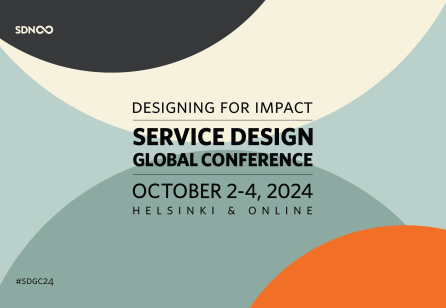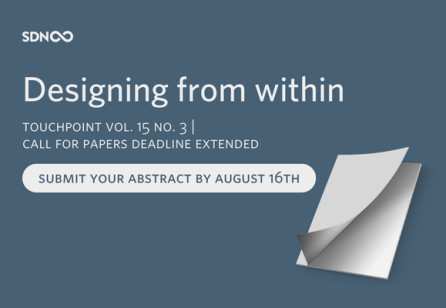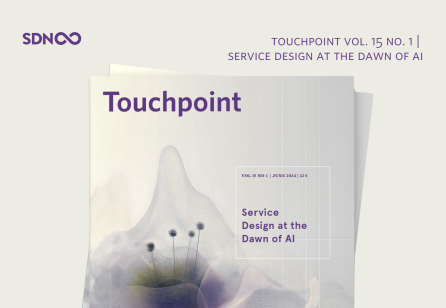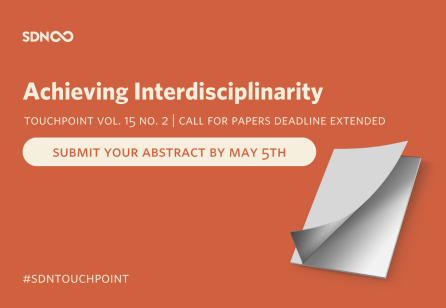Editors letter
To me, there are two aspects of a typical service design workshop that truly exemplify what makes our practice both unique and valuable. One occurs near the start, whenever creative collaboration is on the agenda, such as ideation or mapping a future customer journey. It’s the moment when I ask people to close their laptops and hand out sticky notes and black markers. That liberating mindset shift (often preceded by a warm-up exercise, of course!) moves everyone beyond the realm of their day-to-day work and into a collaborative dynamic where there isn’t a fear of failure or a rigid expectation of outcomes, but rather an openness to exploratory thinking and doing. It’s precisely this shift that greatly contributes to outcomes that everyone feels jointly responsible for, helping ensure their success.
But the other aspect occurs even earlier, when people arrive in the room and we do a round of introductions. It’s at that moment that people from diverse functions, such as HR, legal, customer support, product, marketing and design, who have typically never met before, first encounter one another and go on to develop a deeper, more sympathetic understanding of what each other is responsible for, and what their goals and barriers are.
It is this last feature of our workshops that reflects a hallmark of our discipline: interdisciplinarity. Our aims can rarely be achieved without bringing those diverse roles around the table, both physically and metaphorically. In this issue of Touchpoint, we focus on interdisciplinarity itself. What does success look like, and what are the tried and tested methods to achieve it?
And moving beyond interdisciplinarity, I’m proud to say that the global nature of service design is demonstrated in the following pages. Besides contributions from North America and Europe, you’ll gain insights on establishing a future vision from a team at Toshiba in Japan, discover four articles from South American authors, and hear from a service design champion aiming to spread the practice within Africa.
– Jesse Grimes for the editorial board
To read the full issue as a digital and printed copy, please visit our page here
--







Share your thoughts
0 RepliesPlease login to comment